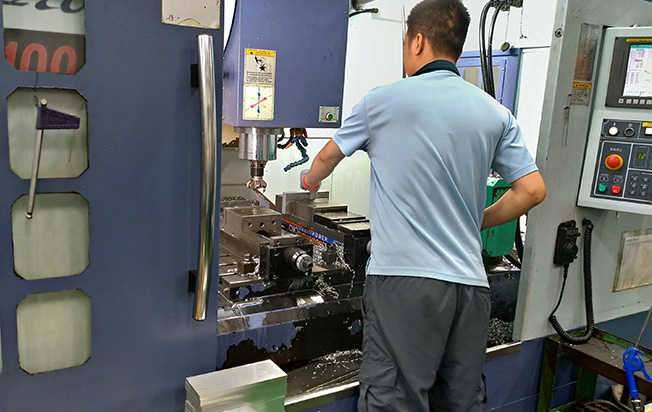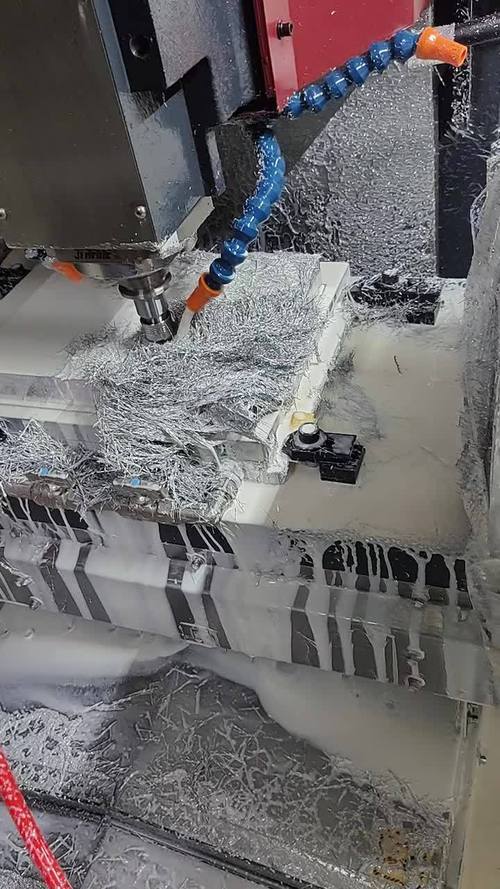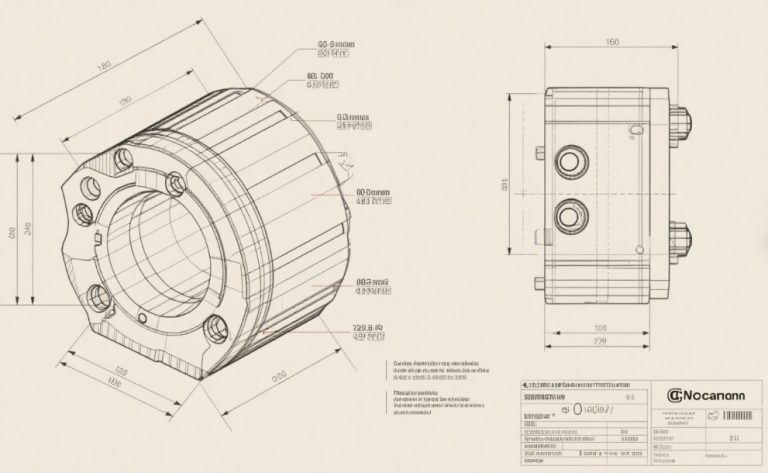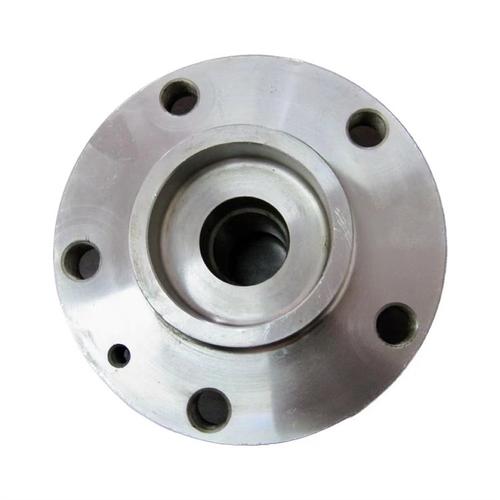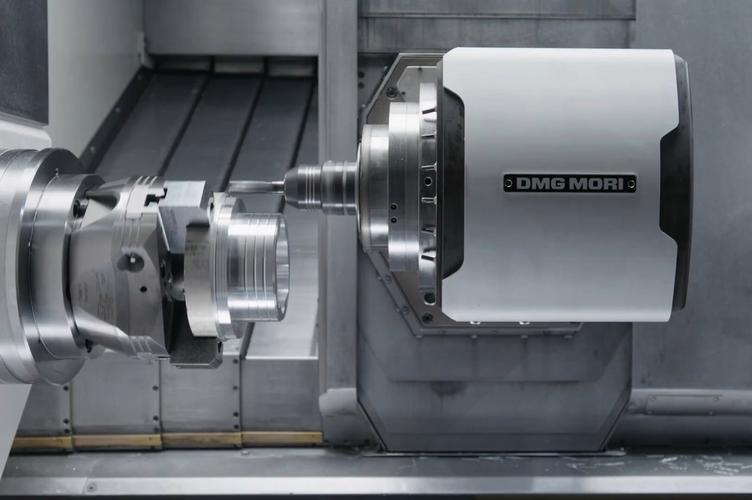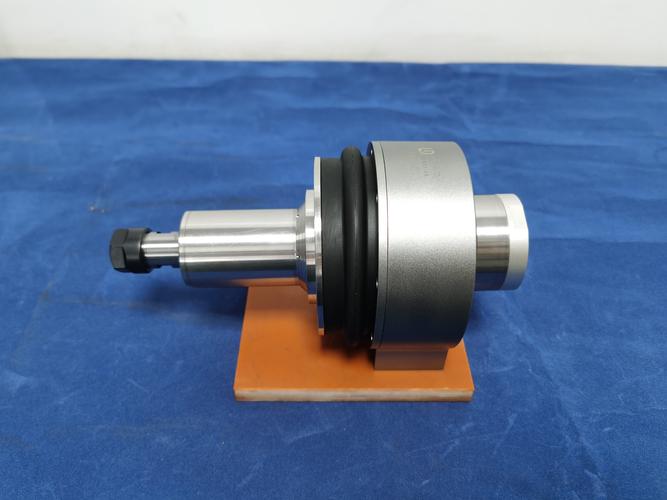Operating a CNC machine requires strict adherence to safety and best practices to avoid accidents, equipment damage, or defective parts. Here are critical “don’ts” to keep in mind:
Don’t skip pre-operation safety checks
- Never bypass safety guards: Guards (e.g., spindle covers, door interlocks) are designed to prevent contact with moving parts. Removing or disabling them can lead to severe injuries (e.g., crushed fingers or entanglement).
- Avoid rushing setup inspections: Skipping checks for loose fixtures, damaged tools, or misaligned workpieces increases the risk of tool breakage, workpiece ejection, or machine jams. Always verify all components are secure before starting.
Don’t ignore proper attire and personal protective equipment (PPE)
- Never operate without PPE: Avoid loose clothing, jewelry, or long hair (which can get caught in the spindle). Always wear:
-
- Safety glasses to protect against flying chips.
-
- Gloves when handling sharp workpieces (but not when loading tools, as gloves can get pulled into the spindle).
-
- Steel-toed boots to shield feet from falling materials.
- Don’t wear headphones or earbuds: They can block important auditory cues (e.g., grinding noises indicating tool failure) or machine alarms.
Don’t mishandle tools and workpieces
- Never use damaged tools: Dull, chipped, or bent tools (e.g., cracked end mills) cause uneven cuts, excessive vibration, and can break during operation—sending fragments flying. Inspect tools for wear before each use.
- Don’t over-tighten or under-clamp workpieces: Over-tightening distorts thin materials (e.g., aluminum sheets) and introduces stress, while loose clamping allows movement during cutting, leading to inaccurate parts or workpiece ejection.
- Avoid using improper fixtures: Never secure workpieces with makeshift clamps (e.g., wire, tape) that can fail under cutting forces. Use purpose-built vises, chucks, or jigs rated for the material and operation.
Don’t ignore program validation
- Never run untested G-code: A single typo (e.g., incorrect coordinates or feed rates) can cause catastrophic collisions between the tool and machine. Always simulate the program and perform a dry run first.
- Don’t override critical parameters without verification: Avoid adjusting spindle speed, feed rate, or axis limits mid-cycle unless you’re certain the changes won’t damage the tool, workpiece, or machine.
Don’t compromise on machining process discipline
- Never reach into the cutting area during operation: Even with the machine running at low speeds, moving axes or rotating tools can cause severe injuries. Use tools like push sticks for small workpieces instead of hands.
- Don’t leave the machine unattended during critical phases: Stay nearby when starting a new program, changing tools, or machining complex features. A momentary distraction could lead to unnoticed issues (e.g., coolant failure) escalating into damage.
- Avoid stopping the machine abruptly without reason: Using the emergency stop button unnecessarily (instead of “feed hold”) can disrupt axis alignment, requiring recalibration and wasting time. Reserve emergency stops for true emergencies (e.g., a tool breaking or workpiece shifting).
Don’t neglect material and environmental factors
- Never use incompatible coolants: Using oil-based coolants on materials like aluminum can cause buildup and poor chip evacuation, while water-based coolants on wood may warp the workpiece. Match coolant type to the material.
- Don’t machine unstable or hazardous materials: Avoid materials prone to shattering (e.g., tempered glass without proper setup) or those that release toxic fumes (e.g., certain plastics) without ventilation.
Don’t ignore maintenance and cleanup
- Never leave chips and debris uncleaned: Accumulated metal chips can damage guide rails, interfere with axis movement, or cause slips. Clean the machine table and floor after each job.
- Don’t skip lubrication or maintenance: Neglecting to oil guide rails, clean filters, or inspect spindle bearings accelerates wear, leading to reduced precision and costly repairs.
Why are these “don’ts” critical?
Each rule exists to prevent injuries, protect equipment, and ensure part quality. Ignoring them can result in:
- Personal harm: From contact with moving parts or flying debris.
- Machine damage: Collisions, spindle failure, or rail wear.
- Costly rework: Defective parts requiring scrap and remachining.
Conclusion
The “don’ts” of CNC operation are as important as the “do’s.” By avoiding shortcuts, neglecting safety, or mishandling tools and programs, you safeguard yourself, the machine, and the quality of your work. Discipline and attention to detail are key to safe, efficient CNC machining.
